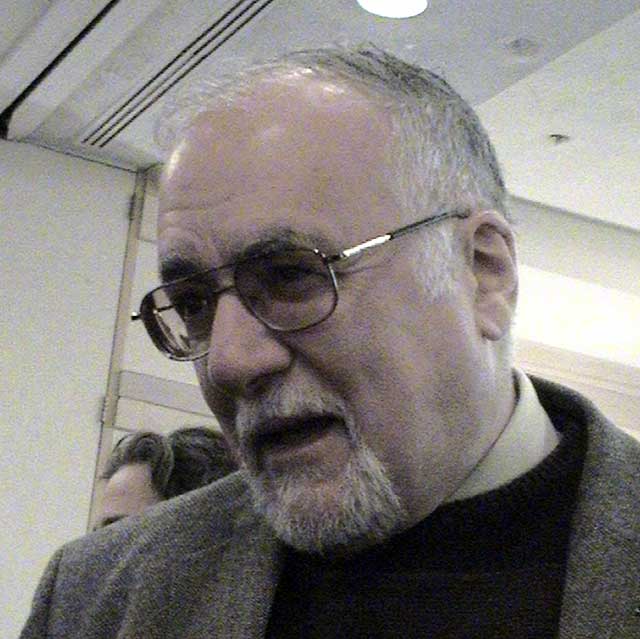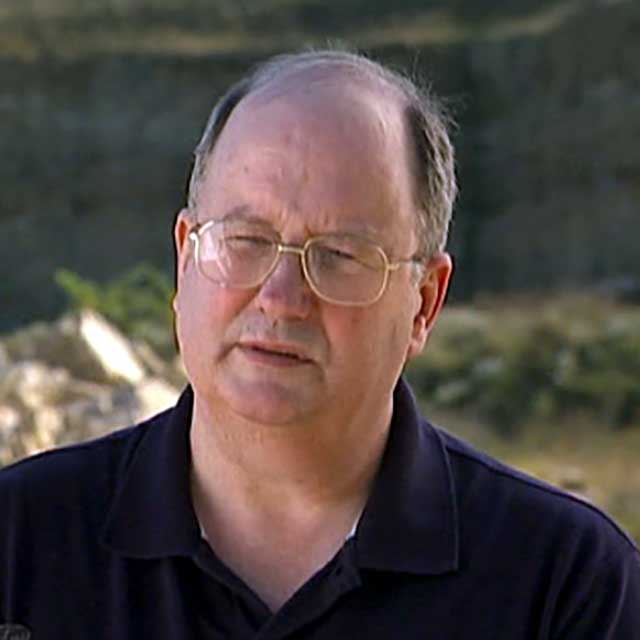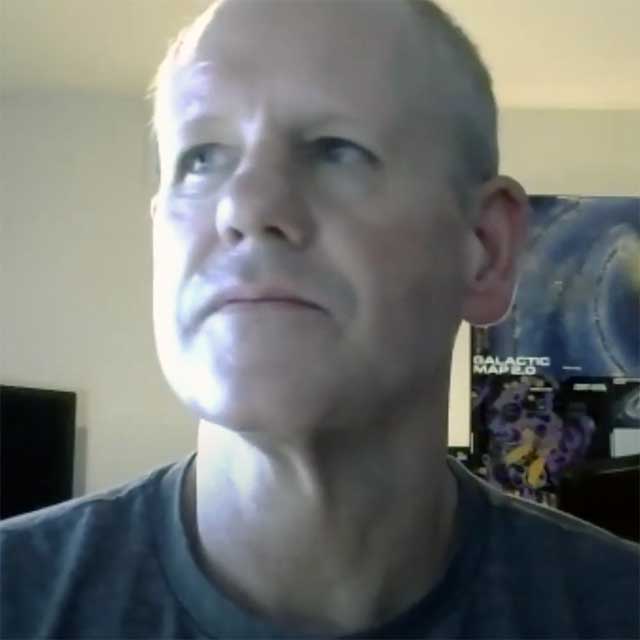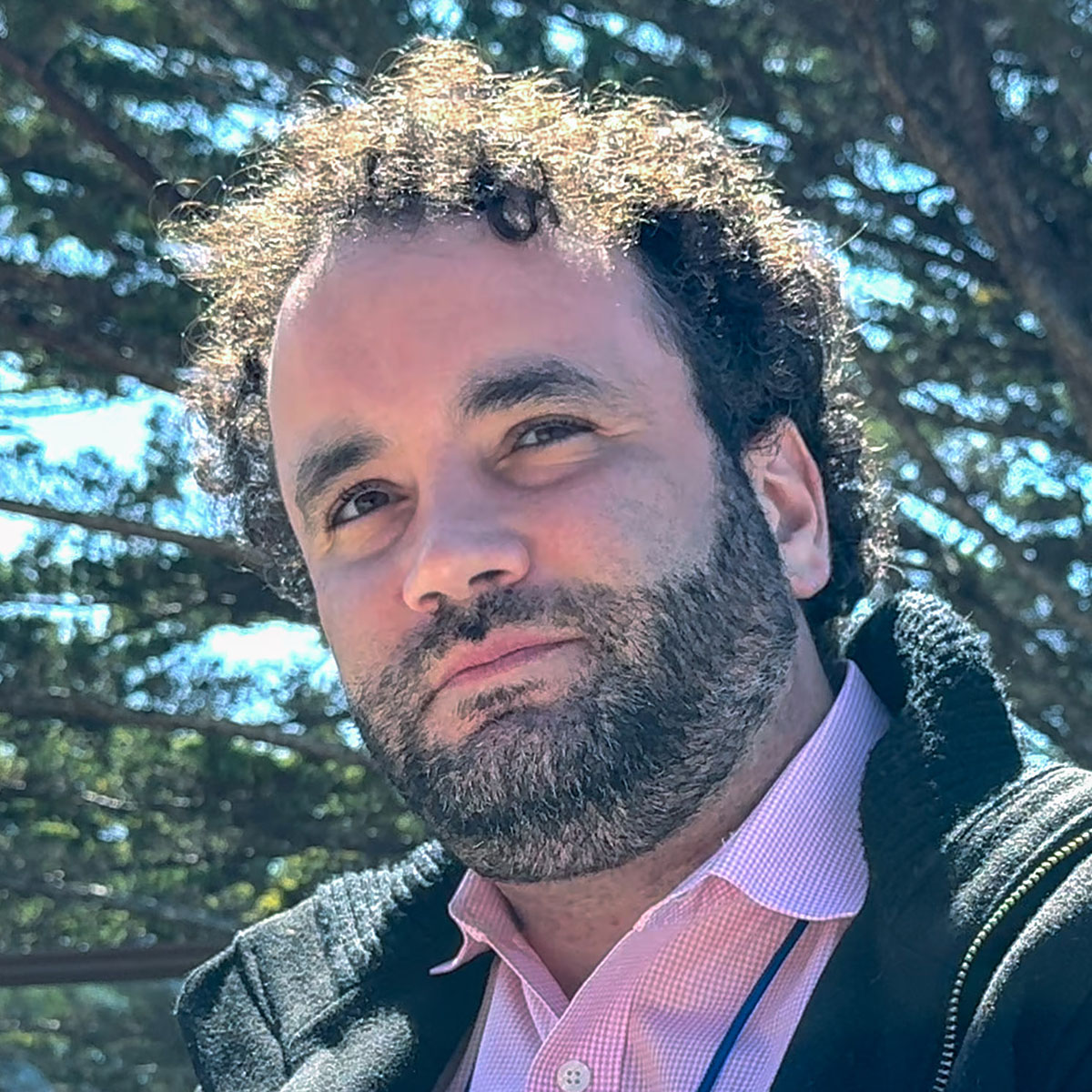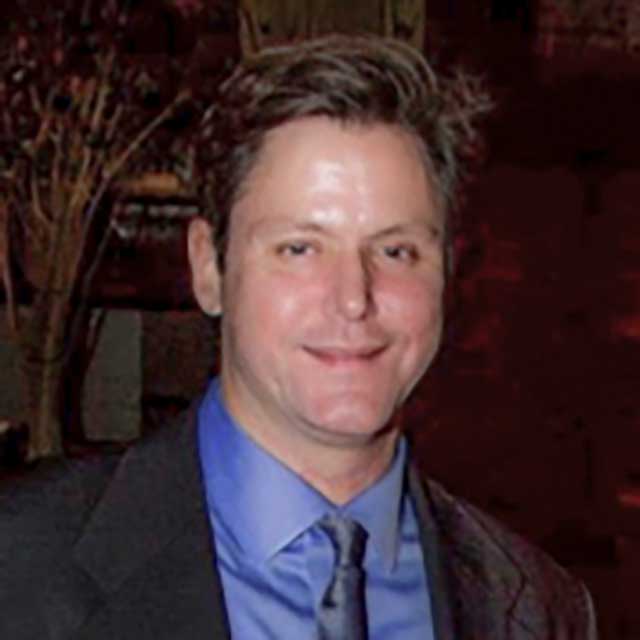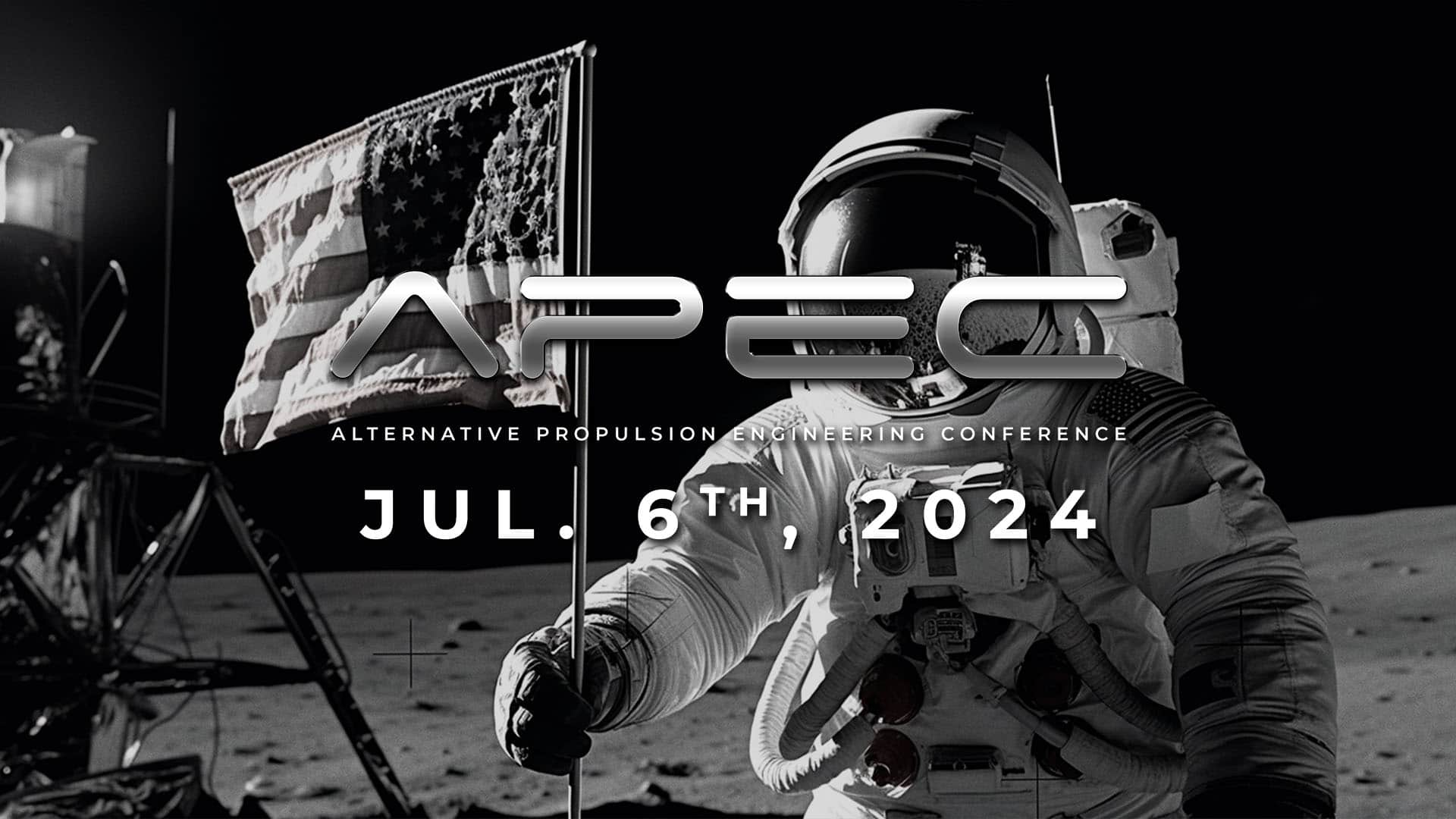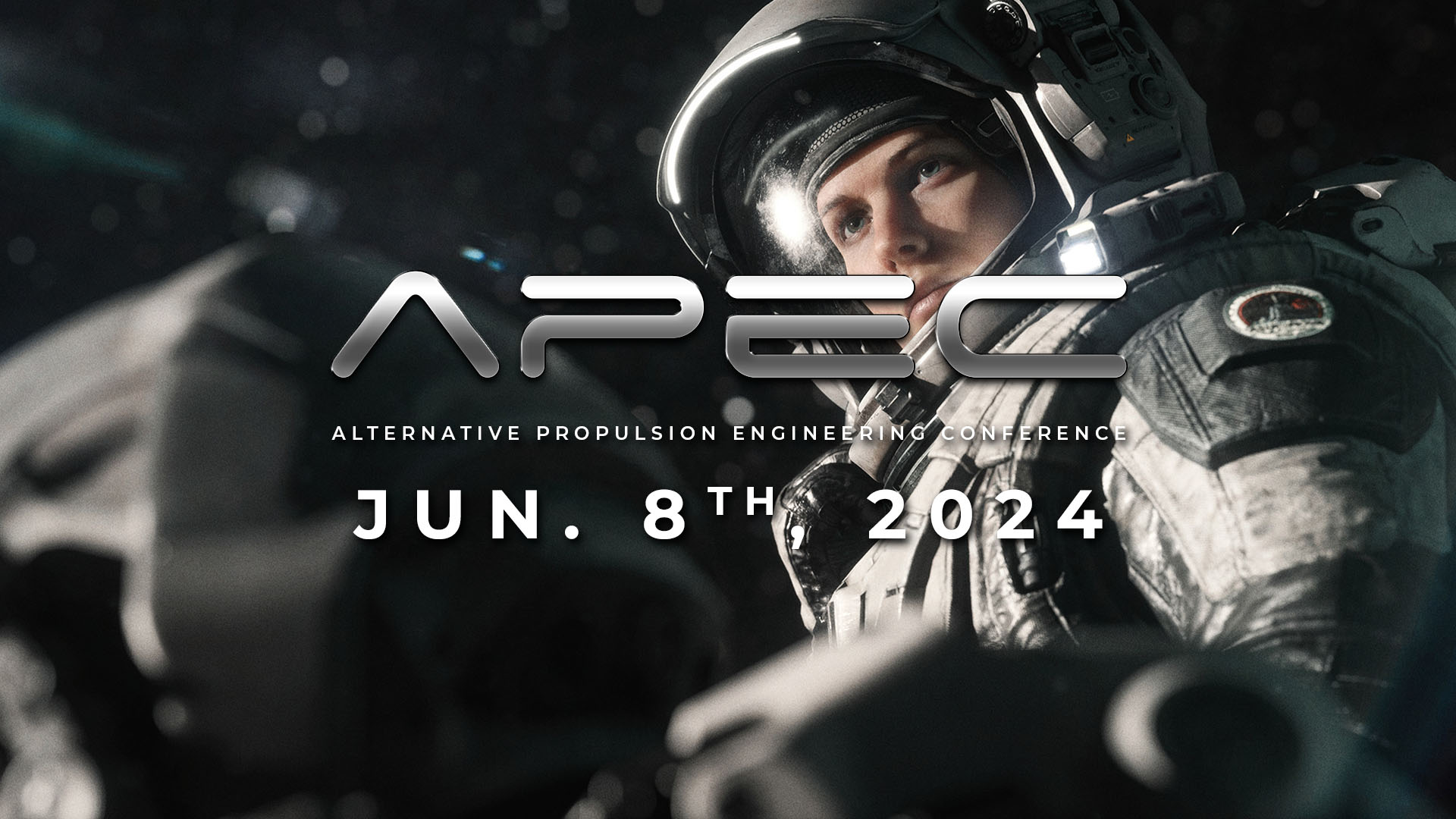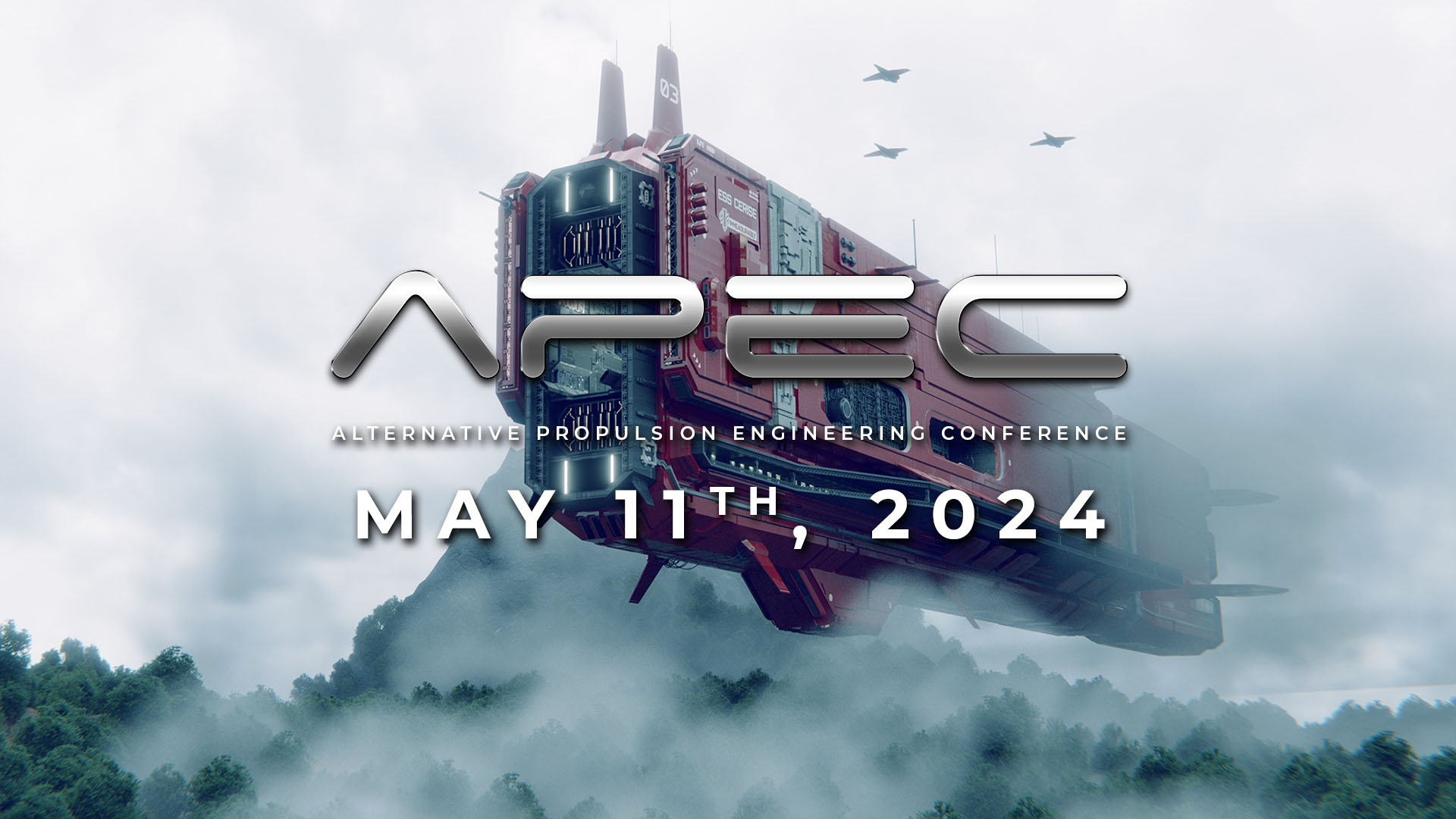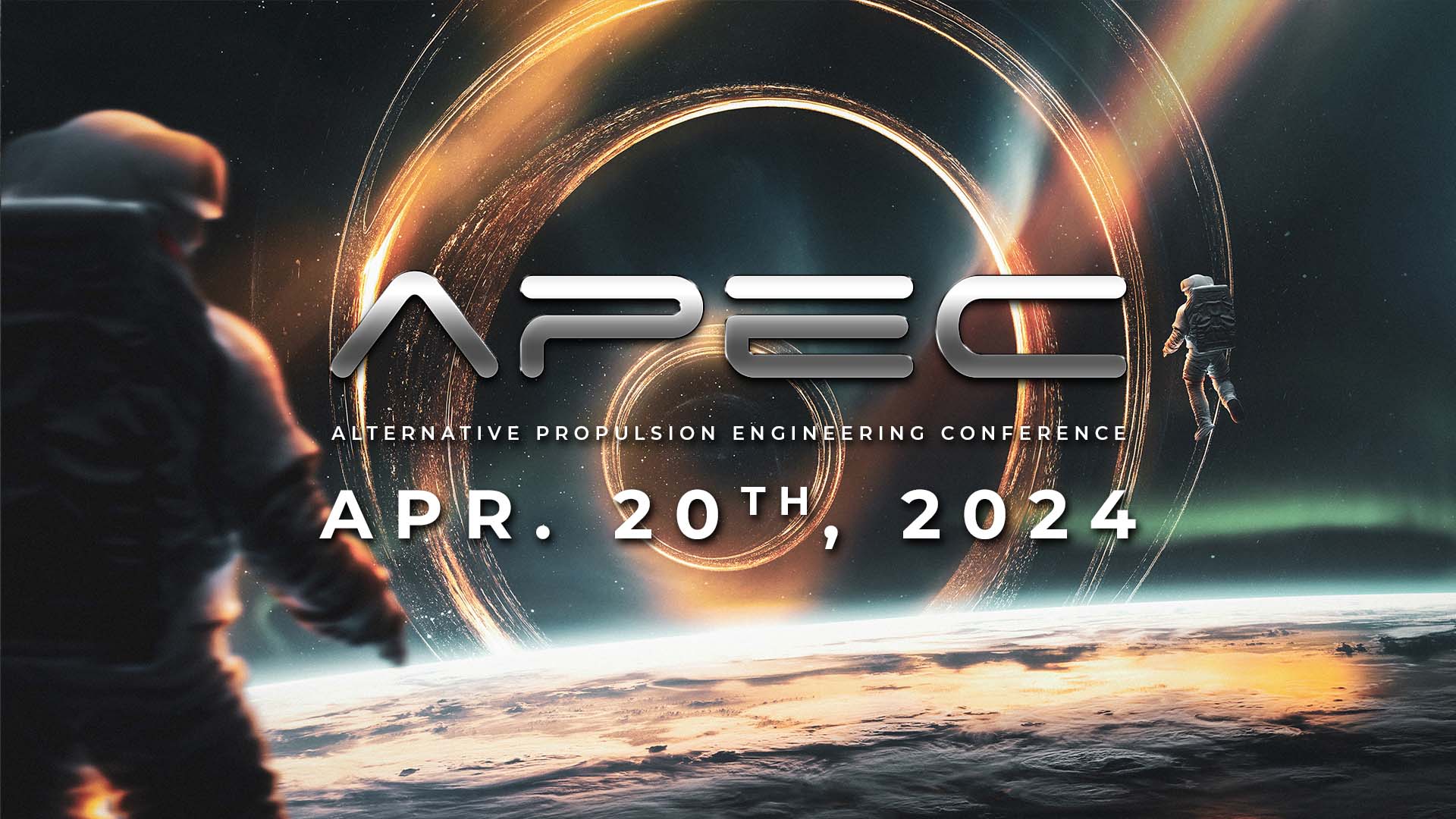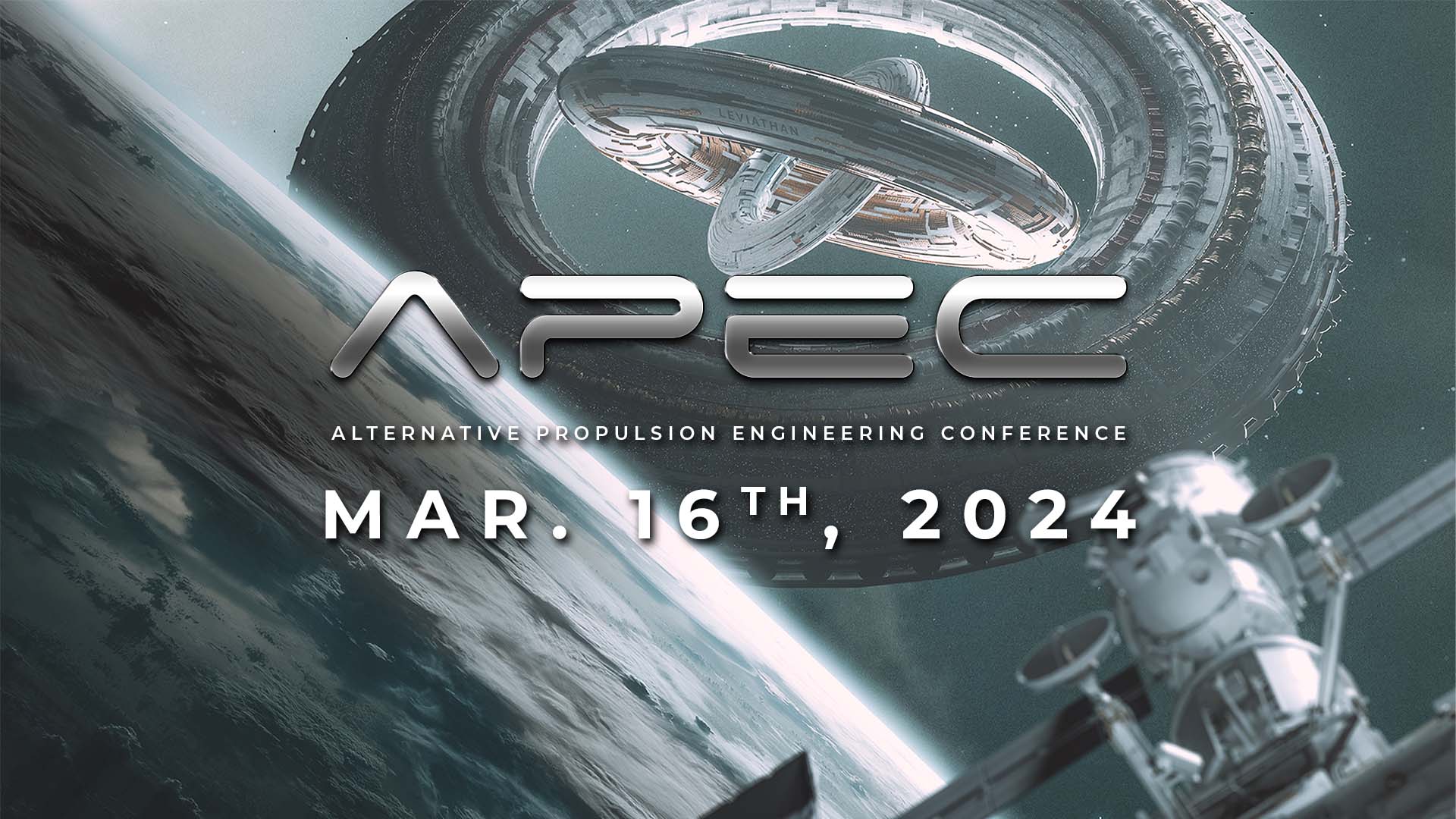APEC 12/5: Searl Effect Engineering & Field Effect Propulsion
Conference Details
Learn about Searl Effect Engineering with Paul Murad, Poynting Vector propulsion with John Brandenburg, and field-effect propulsion via the Maxwell-Heaviside equations by Richard Banduric & Eric Hermanson.
Part #1 – Paul Murad – The Morningstar Energy Box
Paul Murad delivers a detailed engineering & test review of the “Morningstar Energy Box”, a propulsion experiment inspired by the Searl Effect Generator and the Roschin & Godin device. Murad’s presentation begins with a discussion of past experimental claims by John Searl, followed by photos, schematics & test results from 3 replication attempts using an “Improved Homopolar Generator” performed by V. V. Roschin and S. M. Godin.
The “Morningstar Energy Box” was designed & constructed by Paul Murad, John Brandenburg, and Morgan Boardman in 2011 with the goal of capturing detailed scientific & engineering test data on the Searl Effect Generator design. In his 97-slide presentation, Murad describes the engineering & test challenges involved with the experimental replication, and describes achieving a transient reduction in device mass exceeding 20% that was measured during testing.
Part #2 – Paul Murad – Searl Effect & Antigravity Q&A
Paul Murad answers technical questions related to the design, engineering & test results of the “Morningstar Energy Box”, an antigravity propulsion experiment inspired by the Searl Effect Generator and the Roschin & Godin device. This technical question & answer session includes details of the components & materials used and how those components function together to produce a 20% reduction in weight of the experimental prototype.
Part #3 – John Brandenburg – Poynting Vector Antigravity
Dr. John Brandenburg delivers a brief presentation discussing the GEM (Gravity-Electromagnetism) Unification Theory and provides insights into the role of Poynting Vector energy flow and how it may explain the results observed in the “Morningstar Energy Box”, an antigravity propulsion experiment inspired by the Searl Effect Generator and the Roschin & Godin device.
Brandenburg traces the lineage of the Searl Effect back to Nikola Tesla’s attempt at developing a Unified Field Theory, and offers insights into how the homopolar generator that he & Paul Murad tested may provide field-effect propulsion based on calculations with what he describes as Poynting Vortices.
Part #4 – Richard Banduric – Field-Effect Propulsion
Richard Banduric presents a detailed model for field-effect propulsion that forms the basis of experimental work he is performing for DARPA in the area of Relativistic Electrodynamics and Exotic Propulsion. Banduric also showcases experimental test apparatus devised as a method for testing this physical model.
Banduric is developing the next generation of propellant-less propulsion devices based on the interaction of the electric fields from charged isolated elements in relative motion. Electric field intensities change when they are viewed from different inertial frames of references due to the effect of Lorentz contraction of the electric charges.
In this presentation, Banduric discusses the reformulation of James Maxwell’s original complex-quaternion to create a propellant-less propulsion concept. Today’s electromagnetic vector equations are based on the Gibbs-Heaviside reformulation of James Maxwell’s original complex-quaternion equations. The reformulation of James Maxwell’s original equations was done by Joshua Gibbs and Oliver Heaviside to remove the “extra terms” from James Maxwell’s original complex-quaternion formulation.
Part #5 – Richard Banduric – Field Effect Propulsion Q&A
Richard Banduric answers questions on a detailed model for field-effect propulsion and associated experimental devices that he’s constructed for DARPA in the area of Relativistic Electrodynamics and Exotic Propulsion.
Part #6 – Mark Sokol – Antigravity Lab Experiment Update
Mark Sokol provides a walk through of his homebuild antigravity reseearch lab and provides descriptions for much of the specialized electrical test equipment he’s gathered for testing. In this update, Sokol describes not only he progress that he’s made in building tools for experiments, but also provides details on planned future experiments & equipment needed to construct them.
Part #7 – Eric Hermanson – Field Effect & Inertial Propulsion
Eric Hermanson leads an open discussion on a variety of EM propulsion and antigravity concepts, including Alzofon’s NMR propulsion concept, superconductive antigravity, Banduric’s model for field-effect propulsion, and the feasibility of gyroscopic inertial propulsion.
Hermanson has been collaborating with Banduric on the development of propellant-less propulsion devices based on the interaction of the electric fields from charged isolated elements in relative motion. Electric field intensities change when they are viewed from different inertial frames of references due to the effect of Lorentz contraction of the electric charges.
Links & Resources
• Paul Murad: Interview on Morningstar Energy Box (Medium)
• John Brandenburg: Interview on GEM Theory (Medium)
• Richard Banduric: Connect on LinkedIn
• Falcon Space (Facebook | YouTube)
• Alien Scientist Website
Join the APEC Conference
Want to see more great conference events like this one? Sign up for our mailing list to get exclusive access to captivating presentations, engaging events, and more!
RECENT EVENTS
APEC 5/11: The Race To Infinity, The Searl Effect & EVOs
April 27, 2024
APEC 4/20: Space Elevator, Graviflyer & QGEM Theory
March 23, 2024
APEC 3/16: Horizon Drive, Graviflyer & Gravitational Coupling
February 23, 2024
